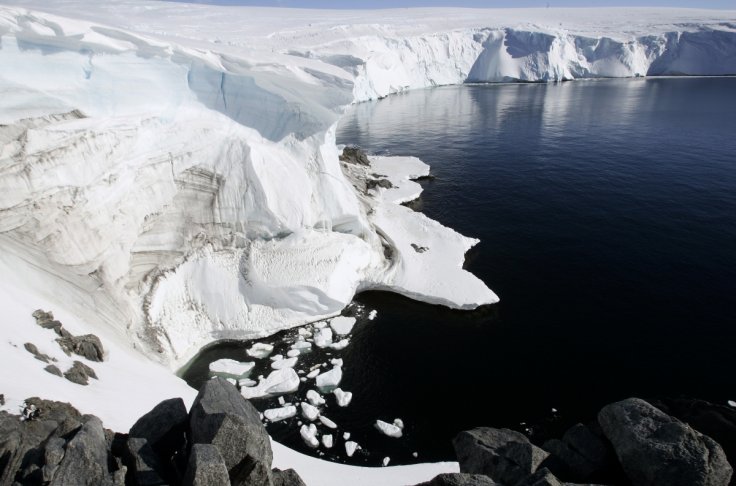
A new study, published in the journal Geophysical Research Letters, has revealed that the Earth is experiencing some serious deformation at the bottom of its oceans due to climate change. The alarming results came when the scientists were trying to find out exactly how much seafloor is getting deformed by the melting water and human-inflicted environmental changes.
Scientists explained that the weight of water, which is pouring off melting ice sheets, is making oceans heavier, eventually causing the planet's seafloors to sink. According to them, the squashing effect was extremely big for satellite altimeters to accurately measure the global sea level rise. The authorities are worried that without accurate reports, there can be serious discrepancies in scientists' measurements of the phenomenon.
"We have had tide gauge sea level rise measurements for more than a century," Delft University of Technology geoscientst Thomas Frederikse told Earther. "You put an instrument at the sea bottom and see how far sea level changes relative to the bottom. Satellites orbiting the Earth measure sea level from space. We wanted to see how large is the difference."
The recent data on mass loss from the Greenland and Antarctica ice sheets, and changes in water storage on land surfaces were also analysed by researchers to calculate sea level estimates for different locations on the planet.
On an average, the seafloor has sunk by about 0.1 millimetre a year between 1993 and 2014, or 2.1 millimetres over the entire period largely due to human-inflicted changes.
The study also suggested that satellites are underestimating the amount the sea levels have increased due to the extra water associated with melting ice sheets by about 8 percent. Thus, the number may seem small but the actual percentage could be quite high.
"Nevertheless, the effect is systematic and relatively easy to account for," researchers said. "In a future warming climate, the sea level rise induced by ice sheets will increase, and therefore, the magnitude of the bias due to elastic ocean bottom deformation will grow."









